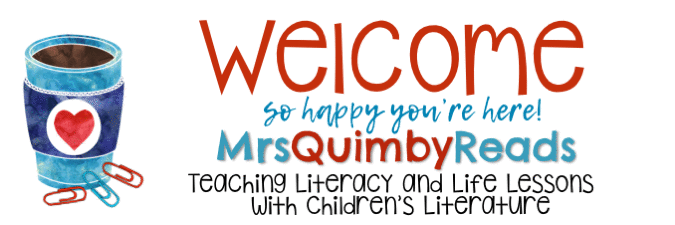When teaching sight words, start with alphabetic insights. Sounds and letters and the decoding process is important when learning to read and write. The key is putting it all together --- even when teaching sight words. High-frequency words are not simply memorized; yet after time, they become so easily recognized in the 'entire word' form. When readers can read high frequency words easily, their reading fluency will increase. This also allows for focus on the task of comprehension. Teaching sight words is one part of literacy instruction.
Learning sight words can help children read fluently, but it is important to remember that we also want children to be aware of word and sentence concepts in our language. Sounds and letters make up the word, the words make a sentence, sentences make a paragraph, and the paragraphs make up the story. Young children learn to understand that these high-frequency words enable them to unlock the meaning within the texts. High frequency words might be the glue for the important concept words that the story relies on to show and relate the message. We read to become smarter, to be nicer and to be entertained.
Teaching sight words in patterns can help the young reader/writer. If I know the word come then I might also know the word some. If I know the word and, I can easily read the word stand, hand, band. Making these connections help in language learning. These relationships can make the reading day enjoyable and more meaningful.  |
| Sight Words with Cloze Activity |
Teach Sight Words with Pictures
Using pictures to show the meaning can always assist in learning an unknown word. Reading should always make sense. If the word is under, then a picture showing under is helpful in learning that new word.
 |
| The dog is under the table. |
Teach Sight Words by Listening
Hearing and listening to words within texts and stories provides
memory to how that word is used in our language. Most young children can understand the word under before reading and writing that word or any word. Even a toddler will be able to go get the ball that is under the table. When reading with a small child, ask the child to repeat a word. Say the word. Listen. Repeat. Sleep. and Repeat.
Teach Sight Words with Music
Music is lyrical, fun and magical. I listen to music and I hear the message. I hear the sounds, the rhythm and the patterns. Singing words is time well spent.
Teach Sight Words with Repetition
Learning to new words is a repetitive adventure. Listening to beloved stories over and over has been a pastime for many generations. Books that have repetitive patterns are ones that grab attention and focus to the early learner. Children love familiarity and repetition and it is a great way to learn new words.
Teach Sight Words in Context
And it is always about the context and meaning of the reading! That is our goal. Teach sight words within the context of the story or book that you are reading aloud to your child. Within the happy pages of children's literature, there is an endless amount of opportunities to show, say, read, listen and picture a sight word!
Everyone is reading today! Even the cat!




